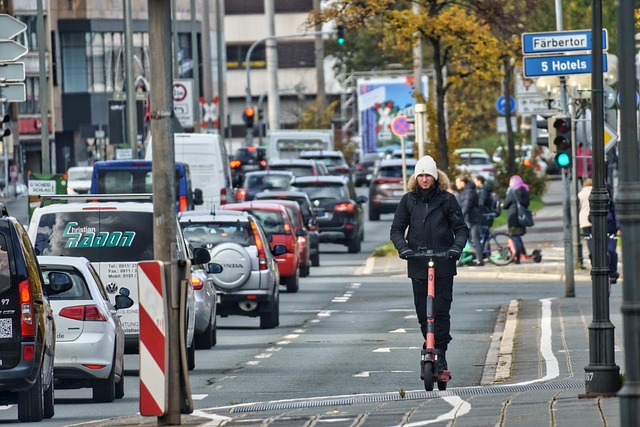In an era marked by rapid urbanization, it’s crucial not to overlook the profound impact sustainable transport can have on rural communities. While much of the conversation around sustainability goals focuses on urban centers, rural areas hold unique potential for development through effective transport solutions. Achieving transport sustainability is not merely a technical challenge; it is a vital step towards uplifting rural economies and fostering vibrant communities.
Transport sustainability extends beyond just reducing carbon footprints; it encompasses the idea of creating reliable, efficient, and inclusive transportation systems that resonate with the needs of rural populations. These systems can facilitate access to essential services, markets, and educational opportunities, thereby contributing actively to rural development.
The implementation of sustainable transport solutions, such as electric buses, bicycle-sharing schemes, or enhanced public transit, can dramatically alter the landscape of rural areas. Imagine a scenario where farmers can transport their goods to market swiftly and efficiently, where children can travel safely to school, and where healthcare services are just a short ride away. Achieving these outcomes aligns closely with sustainability goals while nurturing local economies.
Sustainable transport also promotes environmental stewardship, ensuring that rural areas can thrive without sacrificing their natural beauty. By investing in green infrastructure, communities not only protect their ecosystems but also enhance their livability. Incorporating renewable energy sources into transportation options can reduce reliance on fossil fuels and lower greenhouse gas emissions, contributing to a healthier planet for future generations.
However, the journey towards achieving these sustainability goals in rural transport requires collaboration among various stakeholders. Local governments, community organizations, and private sectors must unite efforts to create a cohesive strategy that addresses the specific needs and aspirations of rural residents. Public participation is crucial; the very people who utilize these transport systems should have their voices heard during the planning and implementation phases.
Investing in sustainable transport also means recognizing the cultural and social dimensions of rural life. Preservation of local traditions, values, and identities should be a priority, ensuring that development does not equate to homogenization. Sustainable transport solutions must be designed with cultural sensitivity, integrating local knowledge and community insights.
Innovation plays a pivotal role in this transformative journey. By leveraging technology, rural communities can enhance their transport networks while minimizing their environmental impact. Digital platforms can streamline transport logistics, making it easier for farmers to connect with consumers and reducing waste along the supply chain. Embracing technological advancements while staying true to rural values can help achieve our sustainability goals more efficiently.
Furthermore, education and awareness are critical components in aligning communities with transport sustainability. Workshops and initiatives aimed at informing residents about sustainable practices can empower them to advocate for better transport solutions. Through workshops about eco-friendly transportation options, communities can foster a sense of ownership, engagement, and responsibility toward their environment.
In summary, fostering rural development through transport sustainability goals necessitates an integrated, holistic approach. It’s about generating opportunities, protecting the environment, and preserving the essence of rural life. By embracing sustainable transport practices today, we can pave the way for resilient rural communities that thrive while contributing to a sustainable future for our planet.



